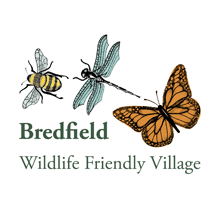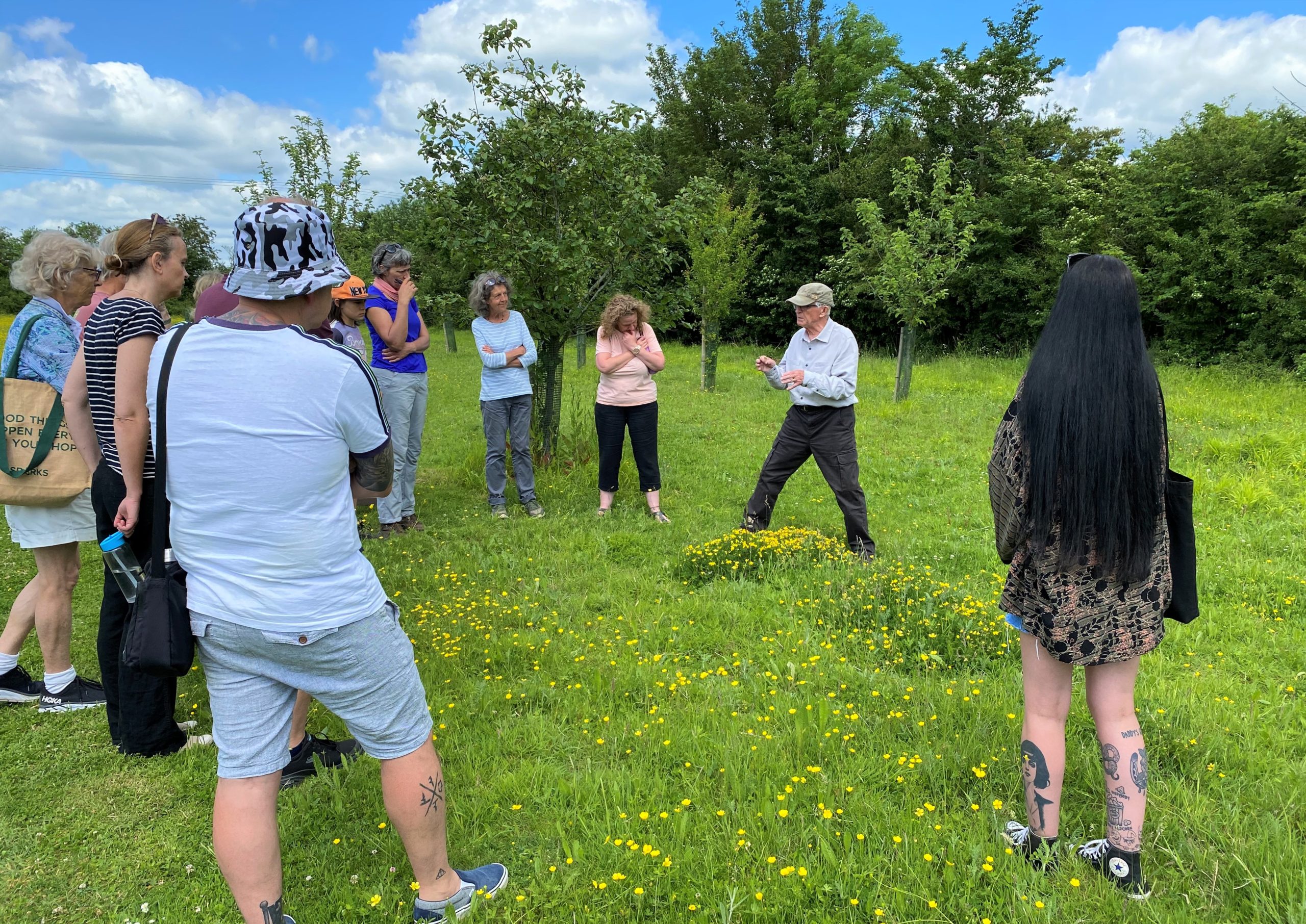On 12th June, we held a Wildflower Walk at Bredfield Jubilee Meadow and Orchard. After a prolonged period of restrictions, it was great to able to organize and participate in a community event. A dozen people – young and older, faces new and familiar – joined the walk which was expertly led by Laurie Forsyth. Laurie is a walking encyclopedia of flora knowledge: identification, biology and culture.
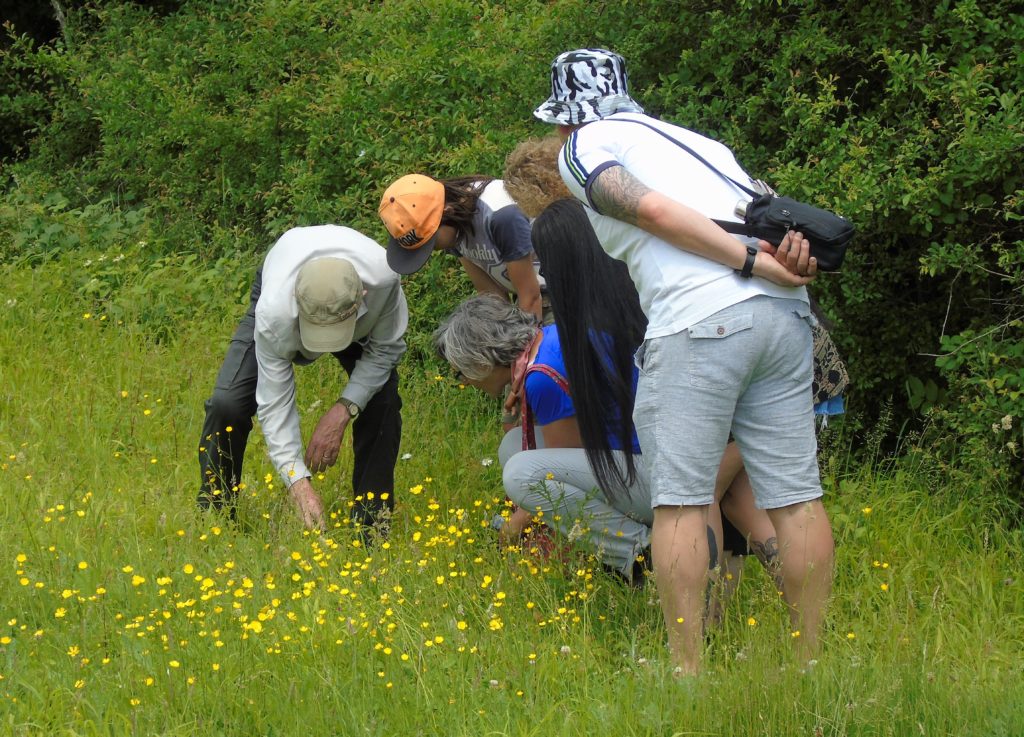
Laurie began by commenting on the current appearance of the meadow: a sea of yellow Meadow Buttercups. He explained that this would not normally be the view that we would see. Grasses would typically be higher and other flowers would usually be further advanced and probably greater in number. The floral profile we could see was the result of this year’s long and often dry Spring. Nature has evolved to adapt to predicable climatic patterns, but unpredictable weather knocks nature out of kilter – hopefully temporarily.
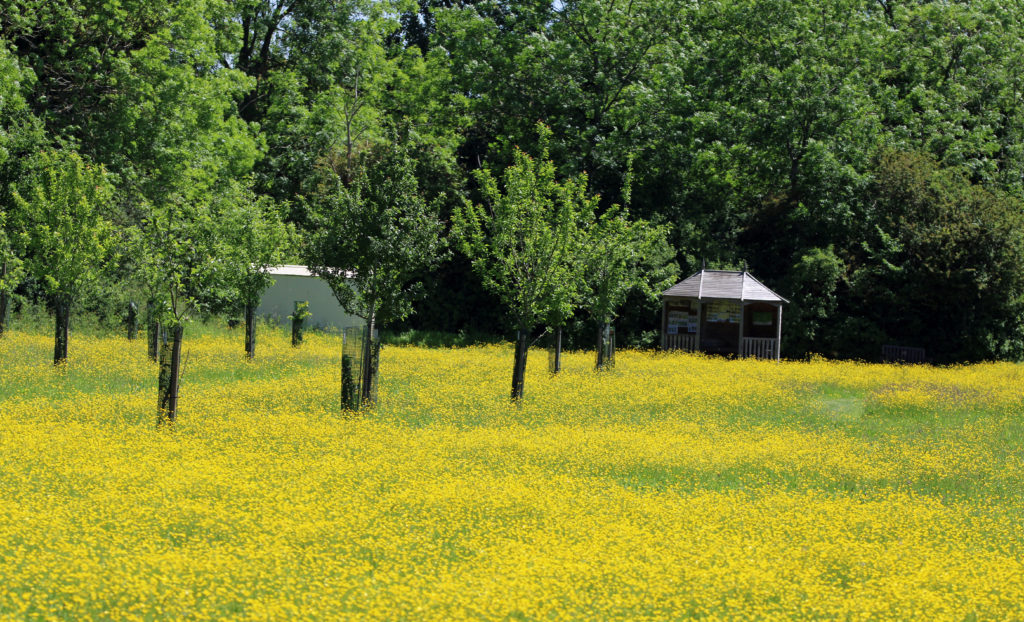
We proceeded to walk around the meadow, following the mowed path, stopping occasionally, when Laurie pointed out a particular species of flora and told us more about them: why they were growing in a particular spot; what distinguishes them from other species in their family; and how they propagate. It was also interesting to learn how certain plants had been used medicinally and, hence, how they got their names. ‘Wort’ is an old term for a balm or medicine, and the name ‘Woundwort’ gives a strong clue to how the plant was perceived and used. If ‘Fleabane’ is a bane to fleas, then it would be good to have at hand. ‘Selfheal’ doesn’t require much explanation. It’s not always that straightforward though, for ‘Black Meddick’ come from an altogether non-medicinally origin.
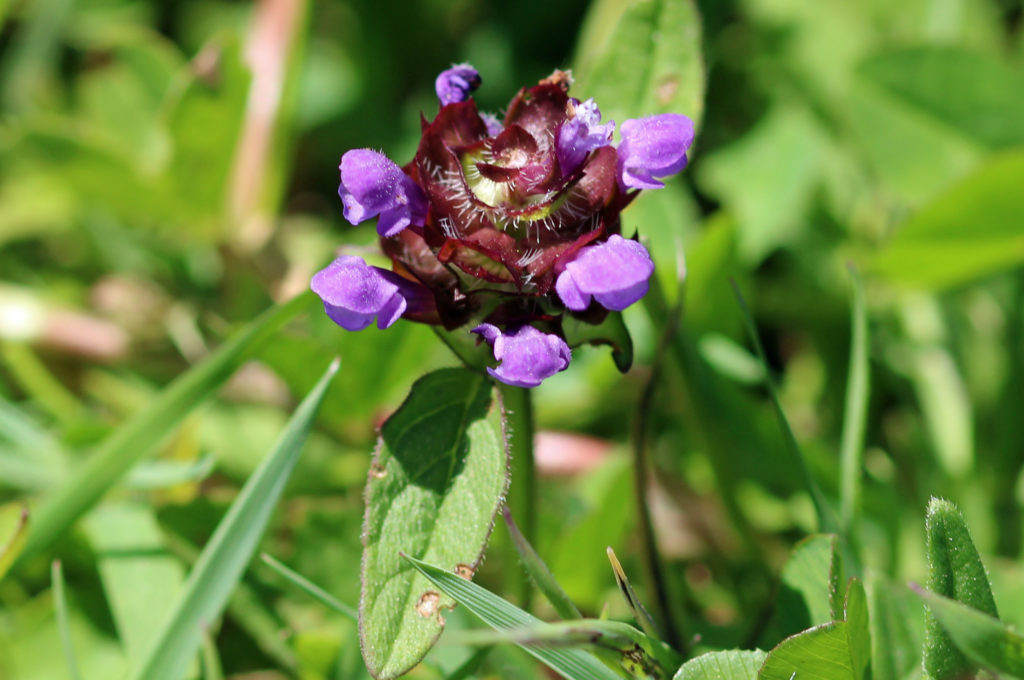
One of the star attractions of the meadow are the wild orchids. This year, Southern Marsh Orchid were in good number, but other orchids were fewer in number or, currently, absent. Laurie explained that the seeds of wild orchids are like dust. When they fall to the ground, just a few may geminate and send down roots, but plant will not grow unless the root comes into contact with a particular fungus. Even then, it may take three years before a new orchid appears. All of this should be known to those misled individuals who dig up wild orchids thinking, that when they plant them in their garden, they will end up with a fine display. They won’t! The exercise of picking wild orchids is both destructive and futile.
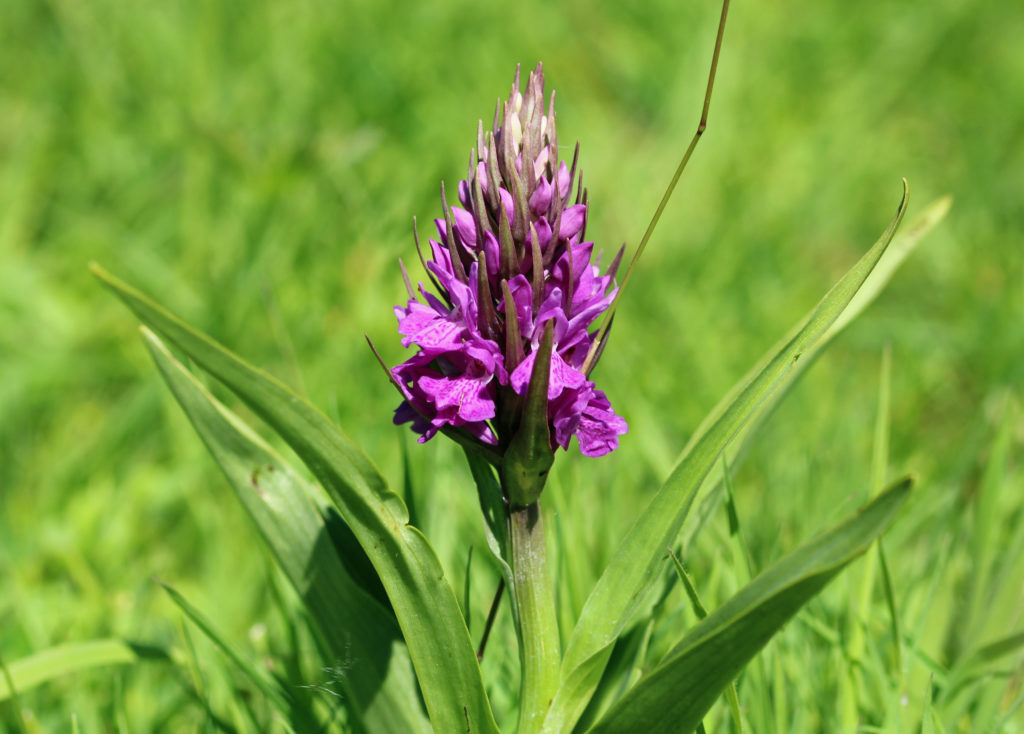
The top end of the meadow, away from the entrance, is drier and the floral profile changes slightly. There we came across three patches of Common Birdsfoot Trefoil. Young flowers of this plant are brown, but they become yellow as they age. This mixture of brown-and-yellow has given the plant a common name of ‘Ham and Eggs’.
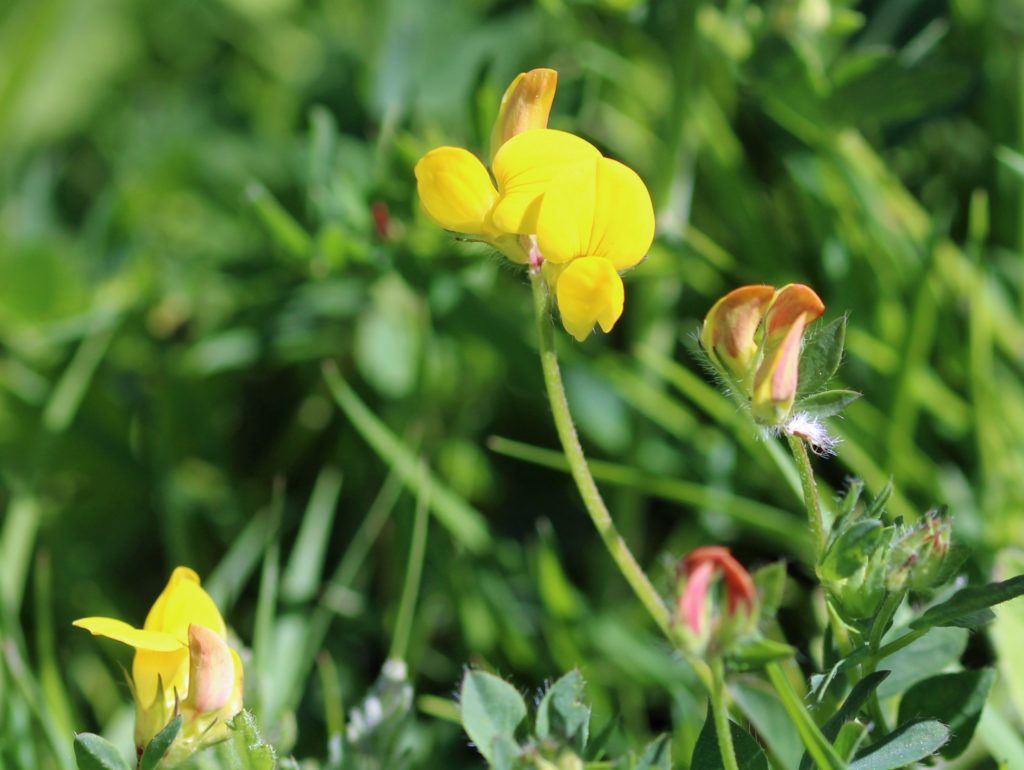
One flower that is appealing to see, but difficult to find, is Grass Vetchling. One small pink-red flower emerges at the end of a long stalk, which otherwise has the appearance of a grass stem. Grass Vetchling is a member of the Pea family. Two other members of this family are found on the left-hand side of the meadow, by the hedgerow. Here, both Common Vetch and Tufted Vetch are to be found. Both have tendrils for creeping, but Tufted Vetch will climb much higher in the hedge. Laurie told us that every time he had seen a Common Vetch flower, there was always a single Ant on it. And, low-and-behold, there was a single Ant on the flower he showed us. There must be some plant-ant symbiotic relationship going on here.
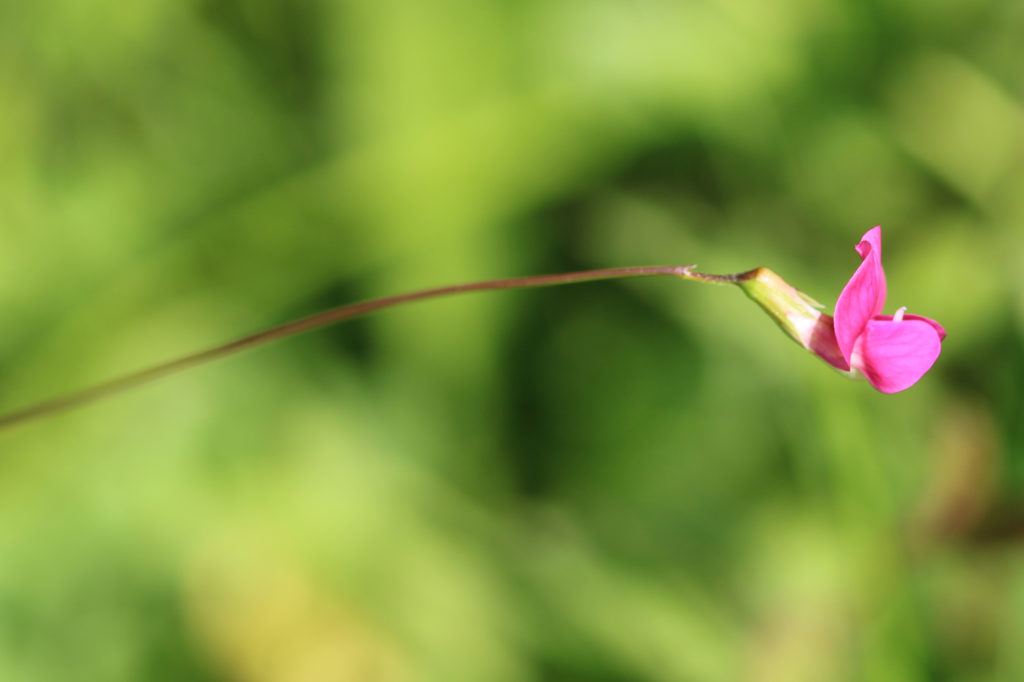
With our focus on flora, we didn’t have much opportunity to pay attention to the insect life that was present. However, it was obvious from all the buzz of activity that lots of different bees were present. A few butterflies put in an appearance and we had very good view of a Common Blue. As we gathered to talk at the end of the walk, a Treble Bar moth was noticed, sat on the bench.
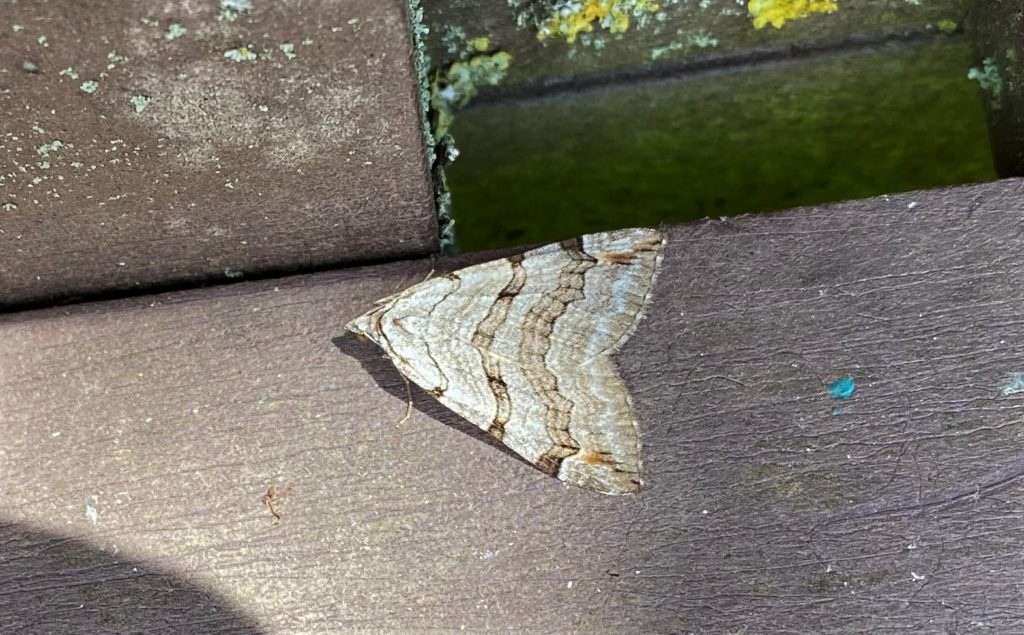
We ended the event by asking questions of Laurie and discussing the importance of the meadow for wildlife conservation. Meadows were once common in and around most villages, but today over 95% of these have disappeared. We are very lucky to have such an amazing meadow in the heart of our village. Nature conservation is often associated with forests, wetlands and heaths. But meadows, gardens, village green spaces and margins are also important for struggling wildlife – and they are something over which we have an element of control. This aspect of conservation is at the heart of our Wildlife-friendly Village project. On a previous occasion, Laurie Forsyth said to me: “Bredfield Jubilee Meadow and Orchard is a natural history treasure that has survived into the 21st century.”
